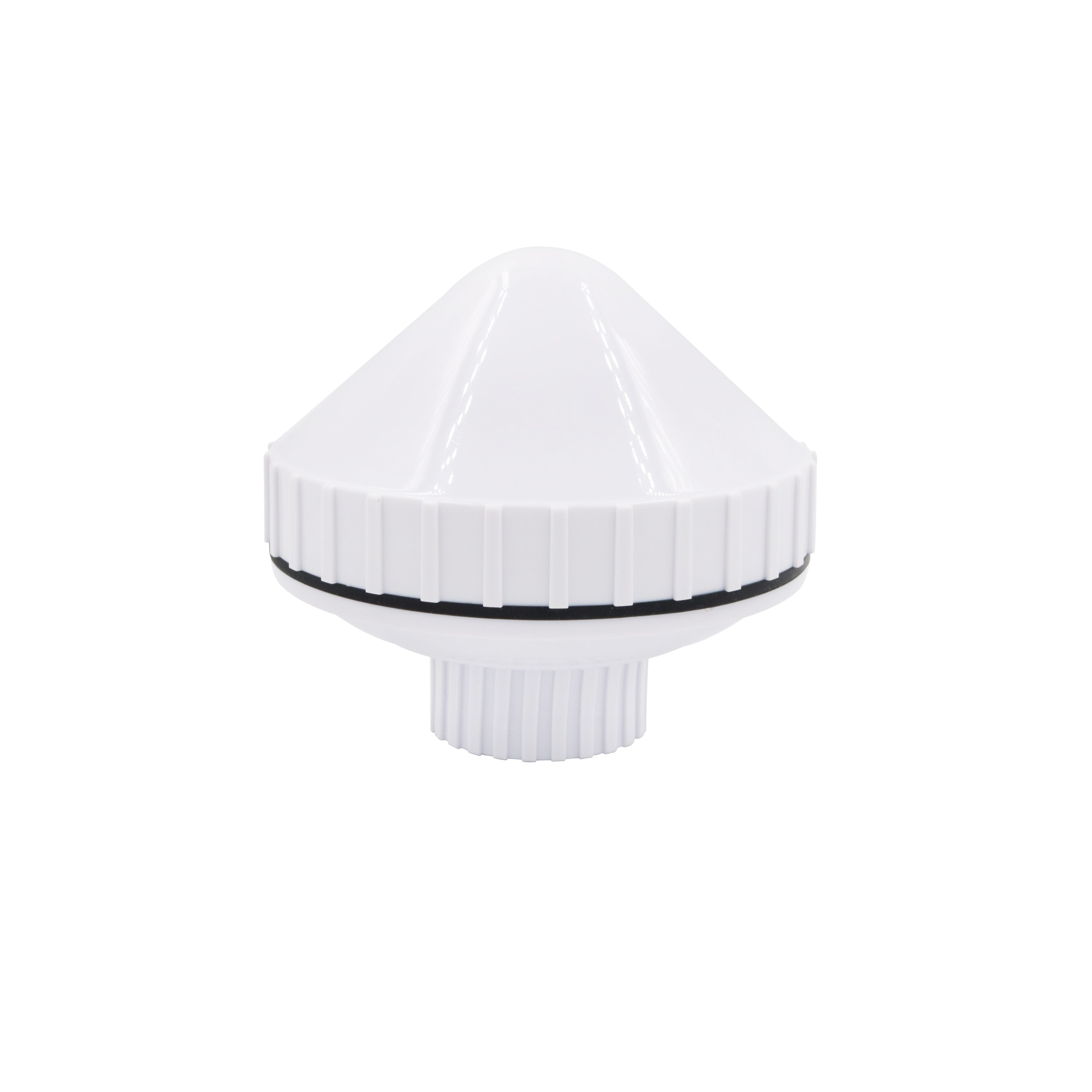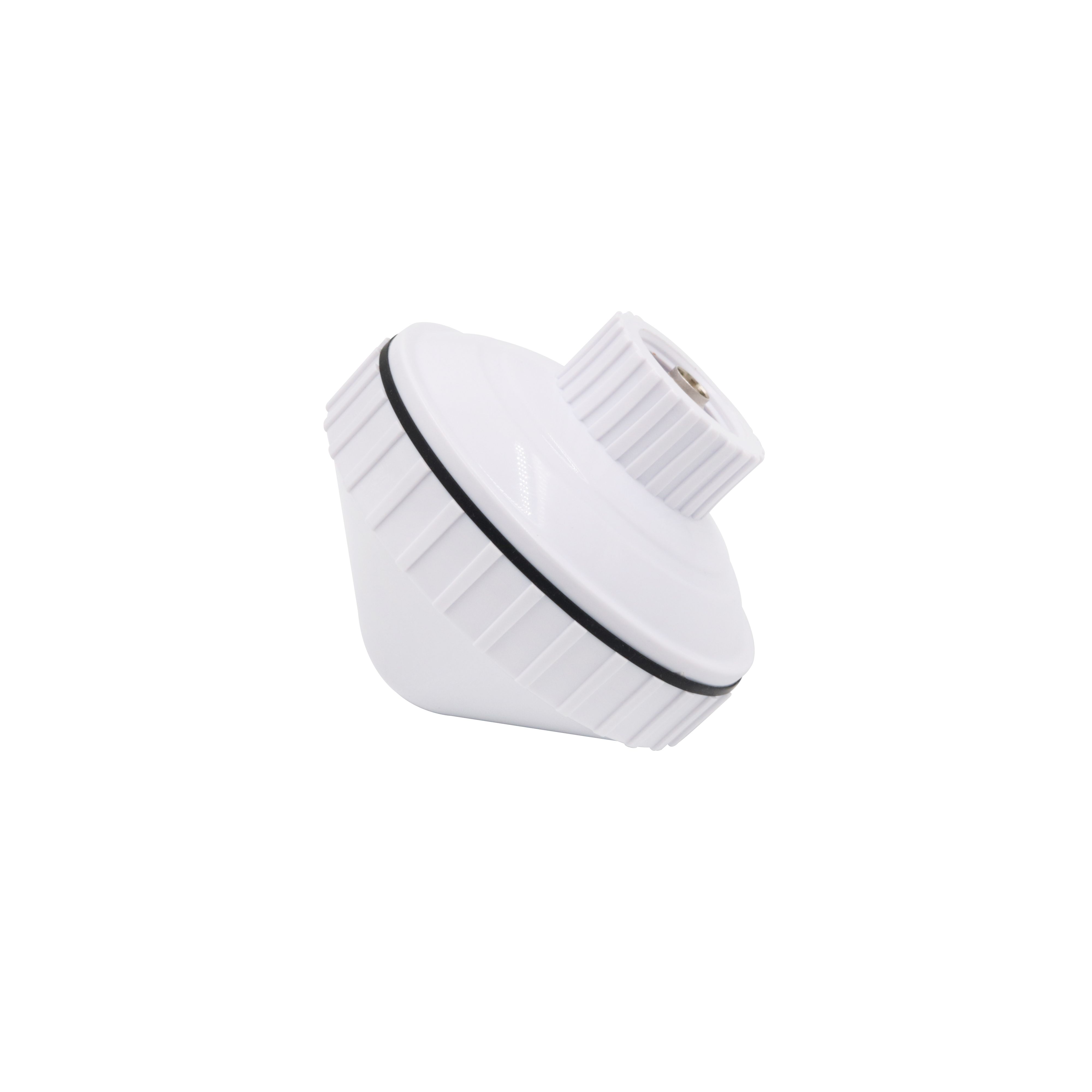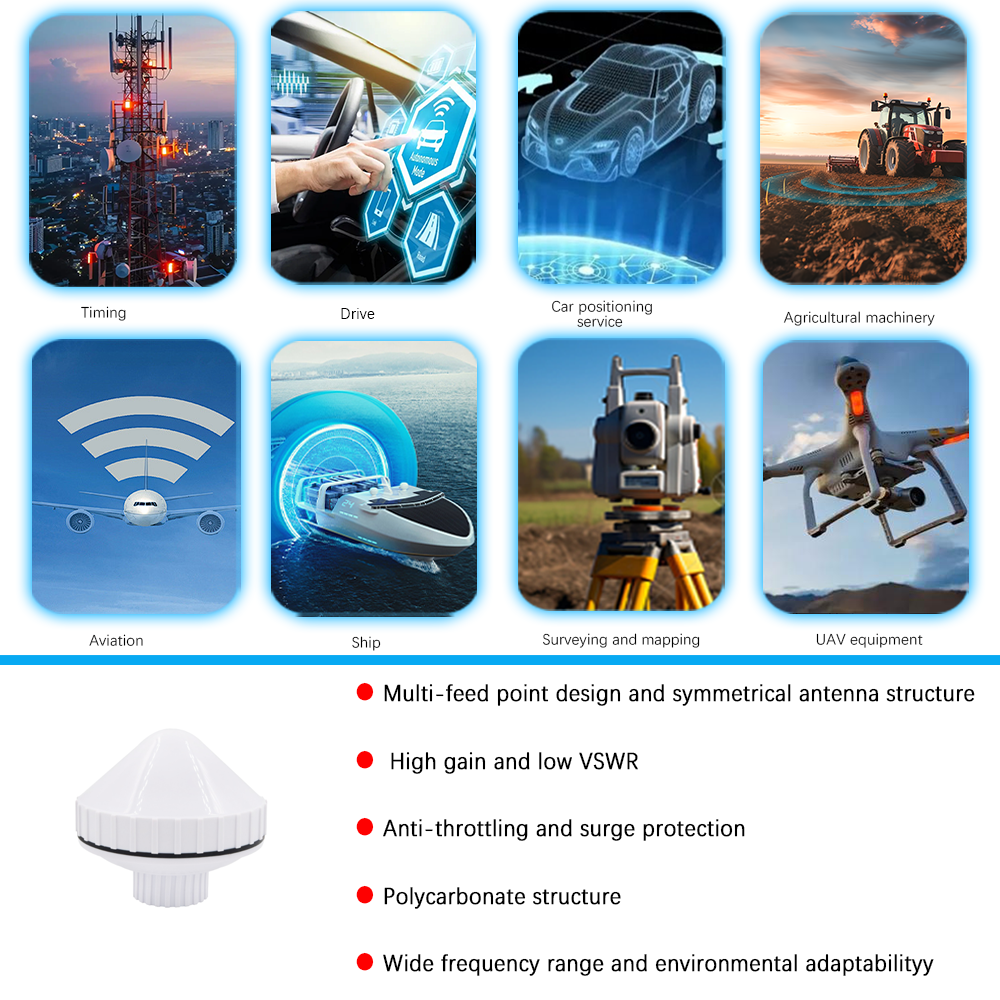The marine GNSS antenna with 360° reception is the cornerstone of a vast array of electronic systems on modern vessels. Its applications extend far beyond simply displaying a boat's position on a chart; it is a critical data source that enables automation, safety, and data collection. As marine technology evolves, the role of this antenna is expanding and adapting to new challenges and opportunities.
Applications
Electronic Chart Plotting and Primary Navigation: This is the fundamental application. The antenna provides the precise position data that allows a chart plotter to display the vessel's location in real-time on a digital nautical chart. This is the primary tool for situational awareness, allowing the navigator to see hazards, aids to navigation, and the intended course relative to the boat's position.
Autopilot and Steering Control: The autopilot is one of the most critical systems dependent on the GNSS antenna. The autopilot uses the precise position and, crucially, the heading and speed-over-ground data derived from the GNSS signal to steer a pre-determined course. The stability of the antenna's signal is paramount here; any dropout or glitch could cause the autopilot to steer erratically. The 360° reception ensures the autopilot receives continuous data even in heavy seas.
Automatic Identification System (AIS): AIS is a collision avoidance system that broadcasts a vessel's identity, position, course, and speed to other nearby vessels and to shore stations. The accuracy and reliability of this data are entirely dependent on the GNSS antenna. A failure or degradation of the antenna signal compromises the effectiveness of the entire AIS system, a critical safety tool.
Marine Radar Overlay: Modern radar systems can overlay the vessel's GPS track and waypoints onto the radar display. This fusion of data provides immensely improved situational awareness, allowing the navigator to easily identify which radar target is a specific navigation buoy or correlate a radar echo with a charted object. This requires a continuous and accurate feed from the GNSS antenna.
Performance Monitoring and Instrumentation: On sailing and motor yachts, the GNSS data is fed to multi-function displays (MFDs) to show accurate speed over ground (SOG) and course over ground (COG). This is essential for racing, fuel efficiency monitoring, and voyage planning.
Fishing and Resource Management: Commercial fishing vessels use precise GNSS data to return to exact fishing grounds, track tow paths for trawling, and meet reporting requirements for catch locations. Government agencies use the data for resource management and monitoring regulated areas.
Future Trends
Multi-Band GNSS Reception: The next generation of marine antennas is moving beyond L1 frequency reception. Multi-band antennas that also receive the L5 and L2 bands (from GPS, Galileo, etc.) will become standard. This will provide even greater accuracy (sub-meter) and breathtaking resilience to multipath and ionospheric interference, further enhancing safety and enabling new applications like precise docking assistance.
Integration with Inertial Navigation Systems (INS): The future lies in sensor fusion. Marine GNSS antennas will be increasingly integrated with miniaturized Motion Reference Units (MRUs) containing accelerometers and gyroscopes. During brief GNSS outages (e.g., under a bridge or due to intense wave action blocking the sky), the INS will provide dead reckoning, ensuring continuous positioning and preventing the autopilot from disengaging.
Advanced Interference Mitigation and Cybersecurity: The threat of GNSS jamming (accidental or intentional) and spoofing (where a false signal tricks the receiver) is growing. Future antennas will incorporate more sophisticated filtering and may evolve into Controlled Reception Pattern Antennas (CRPAs) that can actively nullify interference sources. This will be a critical step towards resilient PNT (Positioning, Navigation, and Timing).
The Role in Maritime Autonomous Surface Ships (MASS): As the industry moves towards autonomy and remotely operated vessels, the GNSS antenna will become even more critical. It will be the primary source of absolute position for the autonomous control system, requiring unprecedented levels of integrity, redundancy, and resilience to ensure the safe operation of unmanned vessels in crowded waterways.
Smaller, Smarter, and More Integrated Form Factors: Antennas will continue to become smaller and more low-profile. We will also see the rise of "integrated antenna systems" where a single housing contains elements for GNSS, VHF, AIS, and cellular, reducing deck clutter and simplifying installation. These systems will include built-in networking and diagnostics.
Enhanced Global Correction Services: Access to satellite-based augmentation systems (SBAS) like WAAS and EGNOS is standard. The future will see wider adoption of precise point positioning (PPP) services delivered via satellite or cellular, providing decimeter-level accuracy globally without the need for a local base station, a major benefit for blue-water cruisers.
The marine GNSS antenna is evolving from a simple receiver into an intelligent, resilient, and integrated PNT hub. Its future is one of greater accuracy, unwavering reliability, and enhanced functionality, solidifying its role as the indispensable guardian of maritime safety and efficiency.
Conclusion
The marine GNSS antenna with 360° signal reception is far more than a simple accessory on a boat; it is a fundamental pillar of modern maritime safety, navigation, and operational efficiency. Its value is measured not in its technical specifications alone, but in the confidence it instills in the mariner—the confidence to know one's position with certainty, to trust the automation of an autopilot, and to navigate safely through confined waters or across featureless oceans, regardless of the weather or the sea state.
Its design and construction represent a masterclass in engineering for reliability. It is a device where electromagnetic performance is perfectly balanced with environmental ruggedization. The choice of a quadrifilar helix or crossed-dipole radiating structure is a deliberate selection for unwavering hemispherical coverage, prioritizing consistent performance across the entire sky over peak gain in a single direction. The integration of a low-noise amplifier is a recognition of the practical realities of boat installation, ensuring signal integrity over long cable runs. And every other aspect of its construction—the marine-grade metals, the UV-stabilized radome, the precision O-rings, and the rugged potting compound—is a direct and calculated response to the brutal realities of the marine environment.
The advantages it provides are not mere conveniences; they are operational necessities. The guarantee of continuous signal reception during vessel motion is the bedrock upon which automated steering and accurate chart plotting are built. Its inherent resistance to multipath ensures that the position on the screen is a true reflection of the vessel's location and not a "ghost" created by a reflection off the water. The multi-GNSS capability provides a robust safety net through signal redundancy.
While challenges exist—such as cost, installation considerations, and vulnerability to interference—these are not weaknesses but rather the defined parameters within which the antenna must operate. They are the known variables that careful installation and quality equipment are designed to overcome.
Looking to the future, the role of this antenna is only set to expand and deepen. It will evolve from a receiver of L1 signals to a multi-band PNT hub, from a standalone component to an integrated part of a sensor-fused navigation system, and from a simple tool into a critical enabler of maritime autonomy. Its core mission, however, will remain unchanged: to provide the single, stable, and trustworthy data point of position from which all other navigational decisions flow.
In conclusion, the marine GNSS antenna with 360° reception is a testament to the successful application of advanced technology to a specific and demanding human need. It is a unsung hero that works silently and ceaselessly, translating whispers from medium Earth orbit into the confident progress of a vessel across the chart. It is a technology that has become so indispensable that its presence is assumed, and its true value is only fully appreciated when everything else is in motion, and it alone remains the fixed point of reference.




































































 Language
Language
 En
En Cn
Cn Korean
Korean

 Home >
Home > 








 18665803017 (Macro)
18665803017 (Macro)













